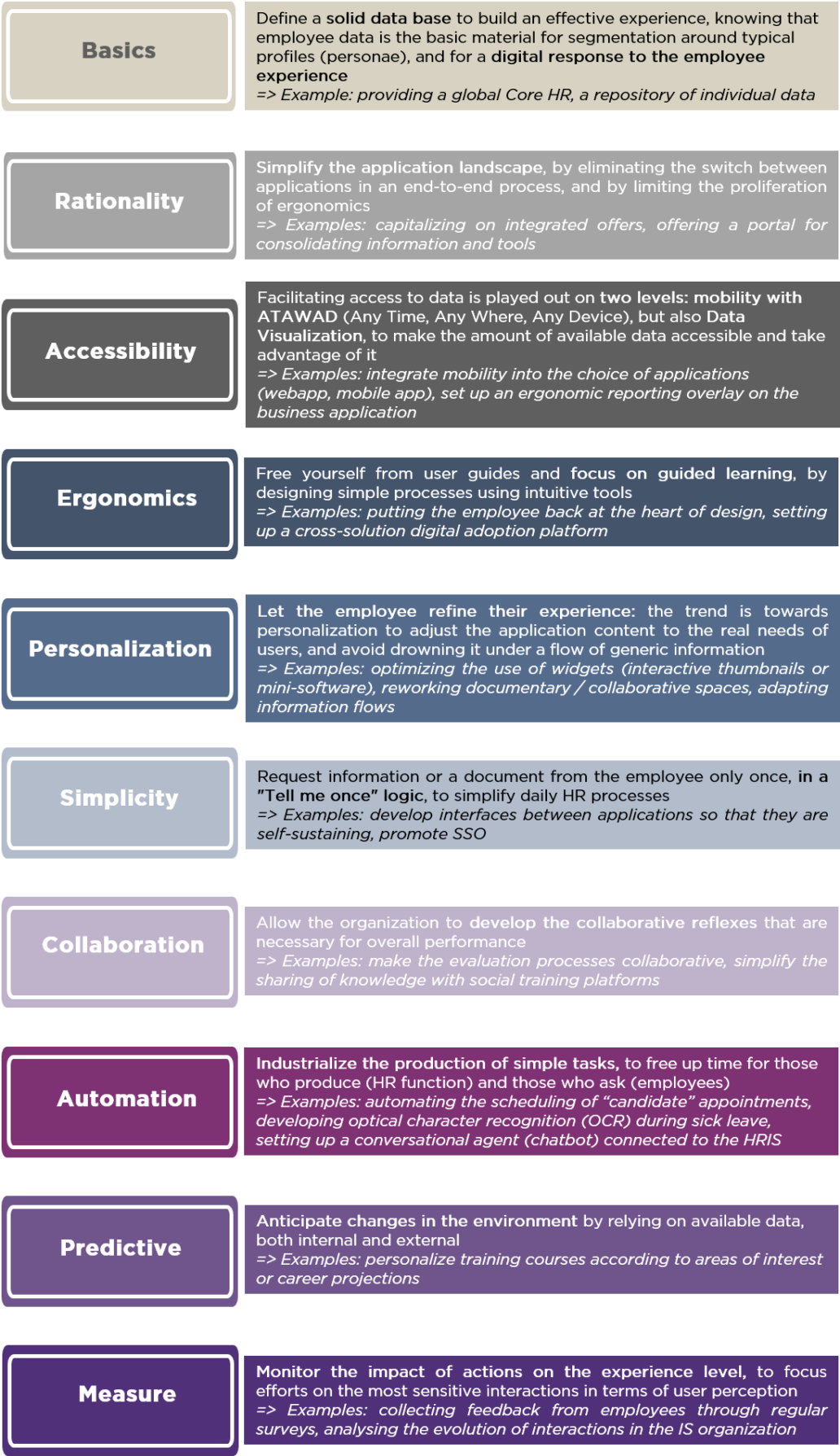In a 2020 study, Gartner found that companies had spent on average €1980 per person in 2019 to improve employee experience. A substantial budget that opens up prospects for launching more or less ambitious HRIS projects, but all to create a better employee experience. Faced HR strategies that make employees more and more involved in their HR management, the digital experience is becoming an unprecedented subject. And the HRIS solutions market has understood this, by offering solutions that facilitate this experience. But how do you go about it and what should you avoid? The overview of HRIS solutions to improve this employee experience were key in this Covid-19 crisis.
The digital employee experience, a challenge for HRD
In a previous article, we defined the employee experience as the set of formal and informal interactions of an employee with their company. Today more than ever, digital holds a major place in this.
And HR issues are no exception! According to a 2020 Future Workplace study, most employees expect the HR function to be more concerned with employee experience (50%) and technology (41%). This is an illustration of the symmetry of attention theory, which explains why the gap between personal and professional experience is less and less accepted. Especially since digital solutions are currently gaining in maturity.
A market rich in opportunities for HR&IT initiatives, essential levers for a better employee experience
Whatever your context, your organizational maturity or your points of vigilance, the 10 points presented below are keys to success that should not be overlooked in order to optimize the employee experience. A pledge to remove friction in daily interactions.
The symmetry of attention creates expectations. However, the employee experience is not limited to HR interactions… And this is a strategic topic to think about globally in the company.
A corporate approach to change the scale
Let’s draw a parallel: the customer experience is not just about the ergonomics of the website or the management of the queue. To influence at all levels (ordering, after-sales service, delivery, invoicing, etc.), a whole set must be set in motion.
Likewise, the in-depth transformation of the employee experience must mobilize all of the organization’s professions and must be considered at the highest level.




